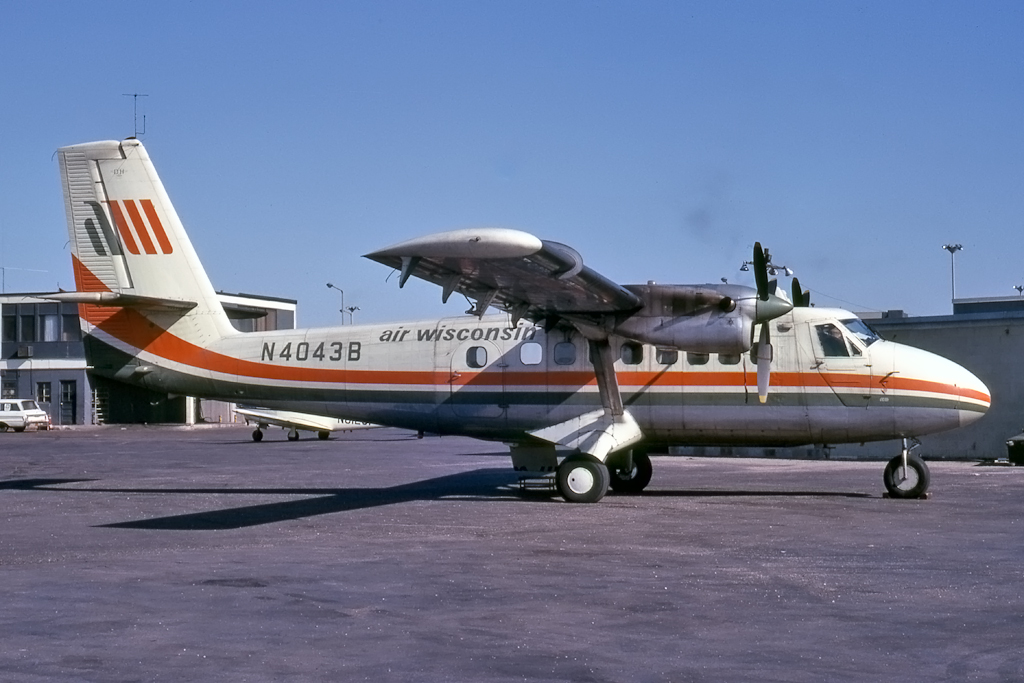Crash of a Cessna 421B Golden Eagle II in Pataskala: 1 killed
Date & Time:
Registration:
N5977M
Survivors:
No
Schedule:
Ann Arbor - Columbus
MSN:
421B-0220
YOM:
1972
Crew on board:
1
Crew fatalities:
Pax on board:
0
Pax fatalities:
Other fatalities:
Total fatalities:
1
Captain / Total hours on type:
500.00
Circumstances:
While approaching Columbus-John Glenn in marginal weather conditions, the pilot failed to realize his altitude was too low when the airplane struck power cables and trees, stalled and crashed in Pataskala, about 10,5 miles east of the airport. The aircraft was destroyed and the pilot, sole on board, was killed.
Probable cause:
The accident was caused by the incapacitation of the pilot. The following factors were reported:
- Low ceiling and fog,
- The pilot had moderate to severe arteriosclerosis.
- Low ceiling and fog,
- The pilot had moderate to severe arteriosclerosis.
Final Report:







